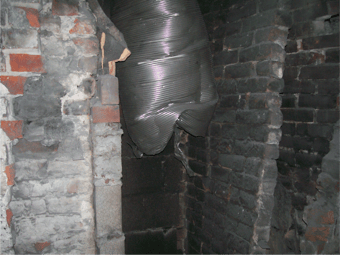When damages occur, identifying other contributing causes may keep your client from shouldering all the blame—and the associated costs.

Once in a while, an incident occurs that is cut and dry: the cause of damages is clear and a single party is to blame. The only question left for an expert to answer is how much monetary damage was caused. But far more often, when things go wrong there are multiple parties who might be responsible, even when at first glance a single party seems to be on the hook.
When, for example, a boiler exploded at a college during a visit from a boiler repair company, all fingers pointed immediately at the technician handling the maintenance call. But the repair company and its attorneys were convinced there was more to the story; that’s where Root Cause Analysis (RCA) comes in.
What is Root Cause Analysis and when is the best time to use it?
Root Cause Analysis, used extensively by NASA and other technical organizations, is an approach that identifies the cause or causes that, if removed from the fault sequence, would have prevented the accident from happening in the first place.
A scientific process, RCA can often be used to reliably demonstrate that a “wrongly accused” party did nothing that contributed to an accident. In addition, in cases where everyone is pointing fingers at one person, RCA might reliably identify other causes that correctly spread the responsibility to two or more parties.
RCA can be applied using a variety of tools, processes, and philosophies, but the primary focus is generally the same: to identify the facts, events, behaviors, action/inaction, and circumstances that resulted in the physical conditions, magnitude, location, and timing of the accident. When systematically performed by a qualified team of investigators, RCA can provide conclusions involving causation and responsibility that are based on documented evidence, and that are reliable and defensible.
In the case of the exploding boiler, RCA was used to examine other potential factors in the explosion, including defects in product manufacturing, failure to maintain the equipment by the natural gas supplier, and errors or omissions on the part of various subcontractors working for the HVAC contractor. In this case, the boiler repair company’s attorneys were able to employ their experts’ RCA analysis to raise the possibility that other parties had a role in causing the explosion, enabling the cost of the damages to be allocated to multiple parties.
In subsequent blogs, I’ll outline how RCA played an important role in accurately assigning blame in several cases involving accidents, and how attorneys can best work with and manage expert firms like CCA to conduct RCA most cost-efficiently. Don't miss a post - click on the link below to subscribe to our blog.
Questions?
Contact us and we'll be happy to offer an opinion on your situation.



